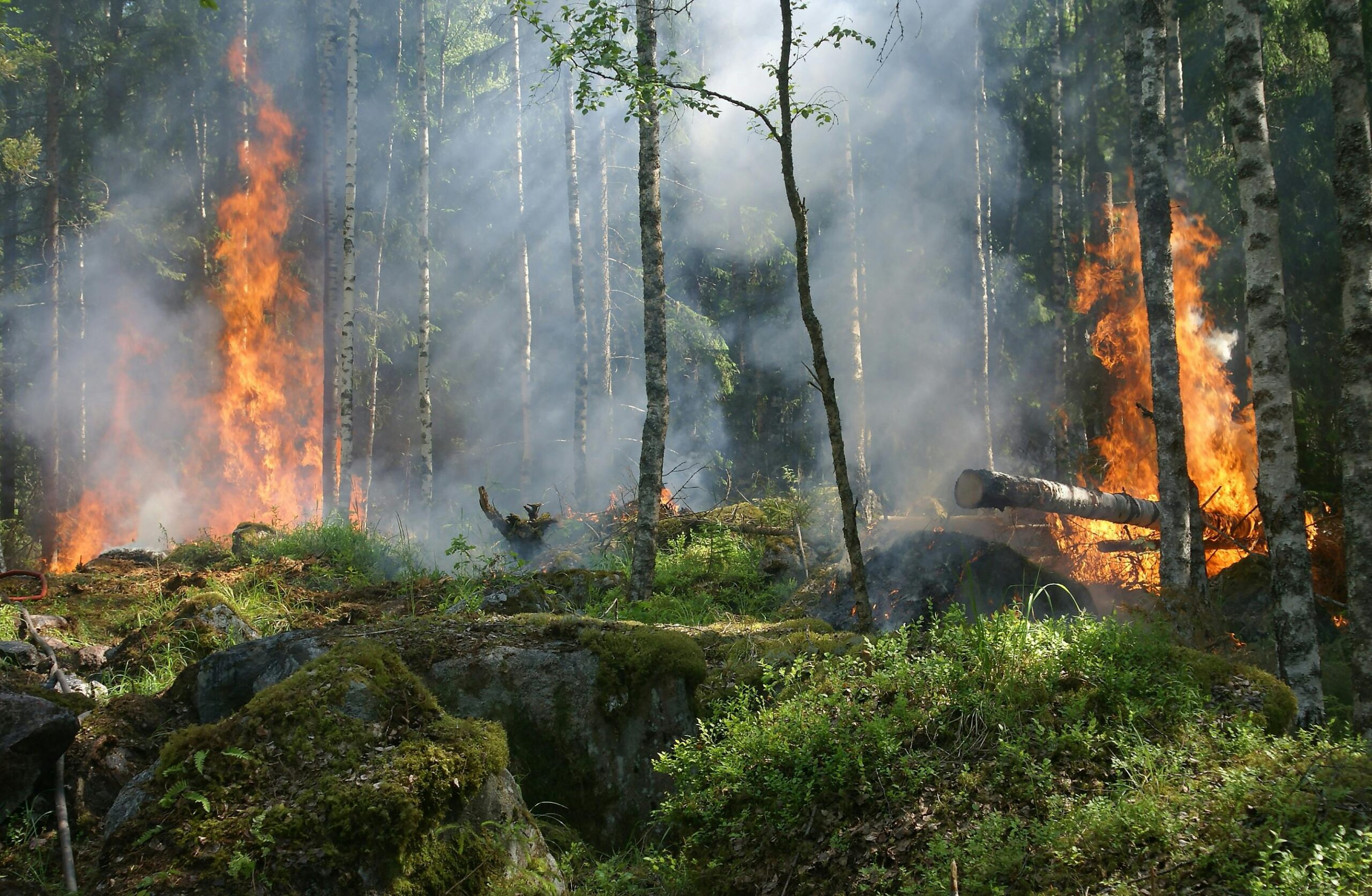
21 Jan How to Safeguard Your Property Against Wildfires: Practical Strategies That Work
The devastating wildfires in Los Angeles have underscored a critical truth: Though wildfires often occur erratically homeowners can effectively protect their properties using established risk reduction techniques. Putting protection systems in during your home’s building phase enhances property security.
Why David Steiner’s Home Survived When Others Didn’tDavid Steiner saw his Waste Management retirement home survive when nearby Malibu multimillion-dollar properties burned to ash. This property includes stone and stucco construction with 50-foot deep pilings rooted in hard bedrock to provide earthquake protection.
Reflecting on this, Steiner admitted, “I never thought a wildfire would cross the Pacific Coast Highway and threaten our home.” His stucco exterior and fireproof roofing system protected his property during the fire.
Architect Greg Chasen’s Innovative Fireproof Design
When wildfires burned several local homes architect Greg Chasen’s new Pacific Palisades house remained standing but undamaged. Chasen built his fire-resistant home using metal roofing with underlayment plus concrete garden walls and a debris-free property layout.
Chasen explained, “The clean lines and absence of dormers or overhangs helped prevent embers from finding entry points.” The building plan used heat-treated wood panels and trapped glass windows with fire-resistant decking rated at Class A for ember protection.
Here are practical methods to protect your home from wildfires.
For those unable to invest in custom-designed homes, there are still affordable and practical ways to improve fire resistance:
Install Fire-Resistant Siding
Use fiber cement stucco brick or metal siding to protect your home. Fiber cement siding provides both strong fire protection and affordable installation costs.
Choose a Fire-Resistant Roof
Clay tiles, slate, metal and composite shingles work best in areas at risk of fire.
Upgrade Windows
Add fire-resistant glass to your home through the upcoming availability of this protective technology.
Replace Wooden Window Frames
Get rid of wood frames and use heat-resistant substitute materials to protect your home from fires.
Install Fire-Resistant Doors
Fire-rated doors help strengthen your home’s defense system.
Create a Defensible Space
Remove all dry plants and flammable materials from the first 100 feet surrounding your home. Mature your yard by replacing natural grass with durable artificial turf or choose stone and concrete options.
Clear Gutters and Avoid Storing Flammable Liquids
Maintain clean gutters during the year and place flammable materials in secure storage spots that stay far from your residence.
Invest in Fire Suppression Systems
Connect your pool water supply to a sprinkler system that will function through generator power.
Additional Measures for Landlords in Fire-Prone Areas
Landlords need special attention to protect buildings from fires. Property owners can put safety precautions in place yet their renters may disregard fire safety. To address this:
- Hire a Maintenance Service: Take time to clear all outdoor waste including furniture and garbage bins on a scheduled basis.
- Add Hardscape Features: Build barriers using concrete and water features to protect your property from fire.
- Keep Exteriors Irrigated: Water your property regularly while wildfires are active in the season.
- Encourage Community Collaboration: Community members can help protect their entire neighborhood from fire dangers when they work alongside each other.
Final Thoughts
None of our fire safety measures can shield us perfectly from wildfire danger. Hazards that trigger fires unpredictably can destroy property despite our precautions. Owners can shield their investments better by using extensive fire safety techniques in construction and property maintenance.
By implementing these defenses people protect their own homes while strengthening their community’s preparedness for wildfire events.

